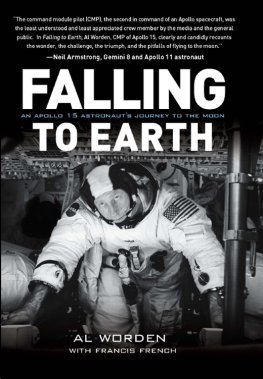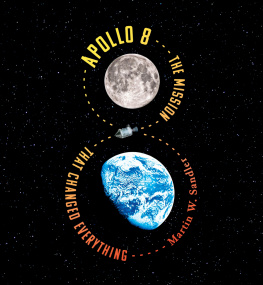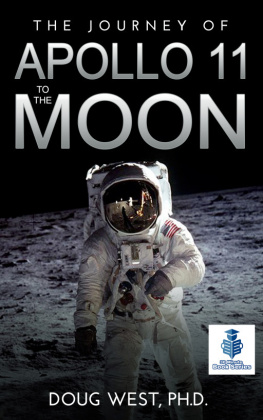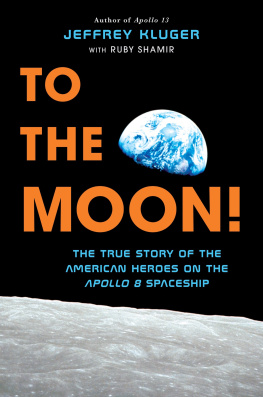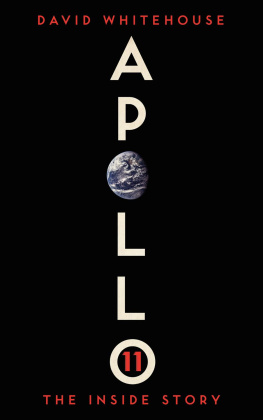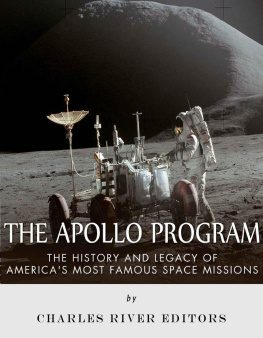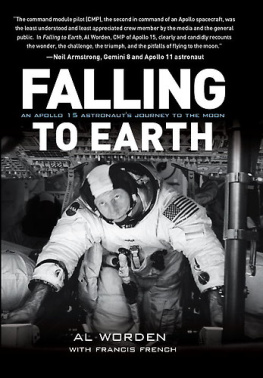A Hashtag Histories Book
Fact-filled accounts of important historical events written in the form of todays social media
*****
The Hashtag Histories books so far:
1. Berlin 1945: The Final Days of Hitlers Third Reich
http://smarturl.it/berlin45
2. Tokyo 1945: The Final Days of World War II (The Pacific War)
http://smarturl.it/tokyo45
3. Havana 1962: The Cuban Missile Crisis-To the Brink of Nuclear War
http://hyperurl.co/nmd783
HASHTAG HISTORIES Box Set, Vol. 1
http://hyperurl.co/4790ru
4. Apollo 8 The Longest Journey
http://hyperurl.co/b80n7f
5. Apollo11- When Men Walked on the Moon
http://smarturl.it/houston69
THE APOLLO COLLECTION Apollo 1 to Apollo 11
http://hyperurl.co/kmzoz1
6. Apollo 13: The Miracle Journey
http://hyperurl.co/422z8v
See all the books at: http://www.hashtaghistories.com/
*****
Table of Contents
AFTERWORD
Other Hashtag Histories books you may enjoy
Berlin 1945: The Final Days of Hitlers Third Reich
A gentle reminder
Apollo 8
The Longest Journey
INTRODUCTION
What if there had been social media during the Apollo 8 mission to the Moon in 1968?
This account will put you believably back inside those six tense and dramatic days over Christmas in 1968. It is the story of the first manned mission to the Moon told in the form of todays social media, allowing us to witness the unfolding drama of the mission as if we were following it in real time and as if the participants and observers were sharing their thoughts and actions with us directly.
In December 1968, so much remained unknown.
Would the first manned launch of the massive Saturn V rocket lift off and successfully deliver three astronauts into Earth orbit? Would humans be able to survive passing through the Van Allen belts of radiation between the Earth and the Moon? What would happen when the astronauts passed around the far side of the Moon out of contact with Earth? Would the single engine needed to boost the spacecraft out of lunar orbit and on a course back to Earth fire as hoped? Would the first nighttime recovery of a spacecraft from the Pacific Ocean be successful?
If the Apollo 8 mission was to be successful, the astronauts on board would become the first humans to travel so incredibly far and so incredibly fast. They would be the first to leave the Earths sphere of influence and the first to see the whole planet Earth from space. They would be the first to orbit the Moon, first to set eyes on the far side of the Moon and the first humans to witness the spectacular Earthrise over the lunar landscape.
The narrative of this account is based on actual astronaut recollections, NASA transcripts of the fascinating continual communications with the astronauts, broadcasts of the main TV networks covering the mission and the thoughts of many laypeople observers. There is an extensive list of major sources at the end of the book.
THE BEGINNING
May 25, 1961
John F. Kennedy (19171963)
John Fitzgerald Kennedy (often referred to as JFK, and Jack to family and close friends) became the youngest ever elected president of the United States following his election in 1960. Although he was assassinated before he could complete his first term in office, Kennedy is credited with setting the wheels in motion for the wildly ambitious program to achieve a manned Moon landing before the end of the 1960s. He formally announced this momentous goal to a joint session of Congress on May 25, 1961.
John F. Kennedy @JFKennedy
I believe that this nation should commit itself to achieving the goal, before this decade is out, of landing a man on the Moon and returning him safely to Earth.
John F. Kennedy @JFKennedy
We propose to accelerate the development of the appropriate lunar space craft. We propose to develop alternate liquid and solid fuel boosters, much larger than any now being developed.
John F. Kennedy @JFKennedy
We propose additional funds for other developments - explorations which are particularly important for one purpose which this nation will never overlook: the survival of the man who first makes this daring flight.
John F. Kennedy @JFKennedy
No single space project in this period will be more impressive to mankind, or more important for the long-range exploration of space; and none will be so difficult or expensive to accomplish.
*****
16 months later
September 12, 1962
Walter Cronkite @WCCBSNews
When the president laid out that incredibly ambitious goal to Congress back in May last year, the American space program had yet to even match the achievement of the Soviet Union in putting a single man into low Earth orbit.
Walter Cronkite @WCCBSNews
The flights of Mercury Program astronauts Alan Shepherd and then Gus Grissom had been suborbital flights lasting a duration of barely 15 minutes. Basically, going straight up into space and then straight back down again.
Walter Cronkite @WCCBSNews
Since then, two more Mercury astronauts (John Glenn and Scott Carpenter) have each flown in actual orbit around the Earth. Those flights lasted just 5 hours each.
Walter Cronkite @WCCBSNews
The next Mercury mission will be a flight intended to carry astronaut Wally Schirra on a nine-hour, six-orbit flight scheduled for early next month.
Walter Cronkite @WCCBSNews
There will then be just one more flight in the Mercury Program before NASA begins its Gemini Program, the goal of which is to send two astronauts on each mission to carry out a wide range of tasks to be accomplished while in orbit around the Earth.
Walter Cronkite (1916-2009)
Walter Cronkite was best known as the main anchorman for the American CBS television news network during much of the Cold War in the 1950s, 1960s and 1970s. Often referred to as the most trusted man in America, Cronkite was the face of American news during the Cuban Missile Crisis, the assassinations of Martin Luther King, John F. Kennedy and Robert Kennedy; throughout the American space program, Moon landings and the war in Vietnam.
Walter Cronkite @WCCBSNews
Now, 16 months after President Kennedy laid out the goal for NASA, there have still only been only four manned American flights into space and only two of those were able to put an astronaut into Earth orbit.
Walter Cronkite @WCCBSNews
There is still an awful long way to go before we will be able to achieve NASAs now-stated goal of sending not one or two but three men all the way to the Moon and back.
Walter Cronkite @WCronkiteCBSNews
Today the president is in Houston, Texas where he will receive an honorary doctorate and deliver an address to the assembled alumni of Rice University there.
Walter Cronkite @WCronkiteCBSNews
Houston is the city soon to be the home of NASAs Manned Spacecraft Center, therefore home to thousands of engineers and technicians as well as the NASA astronauts and the hub for all of Americas future space exploration.








